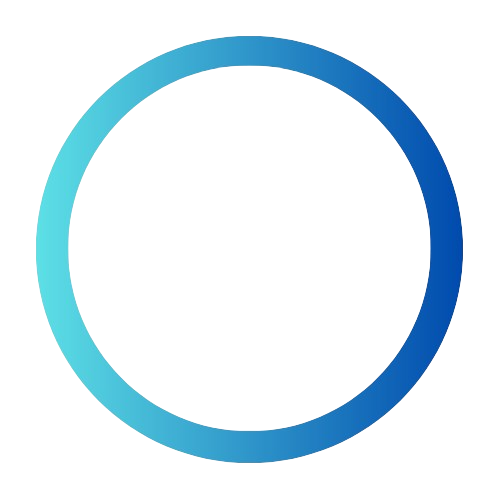Stable Entangled Photon Transmission for 30+ Hours
Idea Proposed
Continuous Entanglement Distribution Over Fiber Networks
- Challenge: Quantum networks rely on polarization-encoded entanglement, but environmental factors (temperature changes, fiber stress, etc.) cause polarization drift, disrupting entanglement.
- Solution: An automatic polarization compensation (APC) system that continuously corrects for these drifts, stabilizing quantum entanglement over long distances and durations.
- Impact: This system enables stable quantum communications, a key requirement for quantum cryptography, secure data transmission, and the quantum internet.
How It Works
1. Automatic Polarization Compensation (APC) System
- Uses dim reference signals (low-power classical light) alongside the quantum signals in wavelength-multiplexed channels.
- Reference signals continuously monitor polarization drift in the fiber and adjust it in real time using fiber squeezers or liquid crystal retarders.
- A heterodyne detection system extracts polarization information from reference signals, feeding it into a multi-axis PID control loop that applies corrections.
- Result: Stable polarization transformation, ensuring that quantum entanglement remains intact for over 30 hours without downtime.
2. Quantum Entanglement Distribution
- The system transmits polarization-entangled photons through a metropolitan-scale quantum network.
- An entangled photon source generates pairs of photons with correlated quantum states.
- One photon is sent through a fiber link with the APC system, while the other is used as a reference for quantum state measurement.
- High-fidelity quantum state tomography confirms that entanglement is preserved over long durations and distances.
3. Key Innovations
- No downtime: Unlike traditional compensation methods, which periodically pause for recalibration, this system continuously operates.
- Minimal added noise: The reference signals are designed to avoid interference with quantum signals, maintaining high-fidelity entanglement.
- Multi-wavelength compatibility: Works across the C-band and L-band fiber-optic channels, making it versatile for real-world quantum networking.
How We Can Implement It
1. Scaling Up Quantum Networks
- Deploying automatic polarization compensation in quantum fiber networks allows stable entanglement transmission over city-scale or intercontinental distances.
- Could be used in satellite-to-ground quantum communication, where polarization fluctuations due to atmospheric effects are a challenge.
2. Secure Quantum Cryptography
- Enables continuous quantum key distribution (QKD) for unbreakable encryption in banking, defense, and secure communications.
- Improves entanglement-based QKD by eliminating polarization drift, ensuring stable key generation rates.
3. Quantum Cloud Computing & Distributed Quantum Processing
- Can be used for linking remote quantum computers in a scalable, error-resistant quantum cloud network.
- Essential for building a fault-tolerant quantum internet, where quantum information is transferred reliably between different quantum processing nodes.
Sources & citation
Joseph C. Chapman, Muneer Alshowkan, Kazi Reaz, Tian Li, and Mariam Kiran, “Continuous automatic polarization channel stabilization from heterodyne detection of coexisting dim reference signals,” Opt. Express 32, 47589-47619 (2024)
